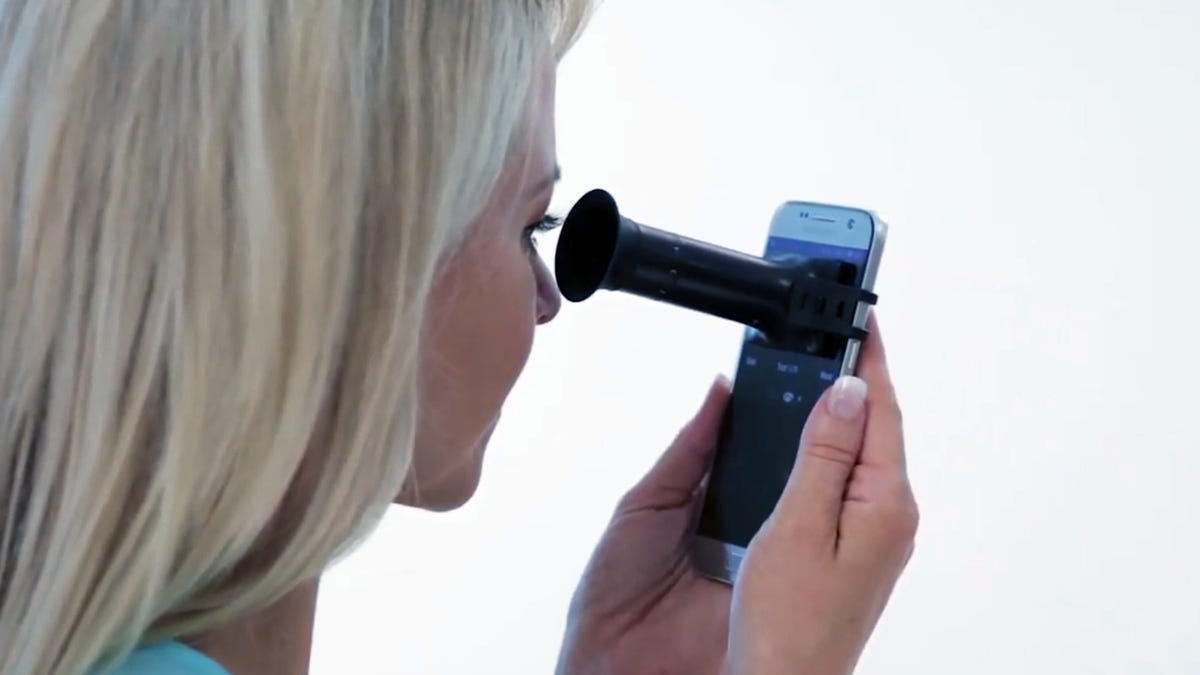Short-sightedness is also known as myopia. It is caused in the event that the eyeball itself has a length that is excessive from the front and back creating a mismatch in the distance of the eye and the focusing capability of the cornea, which forms the white dome that lies in between the pupils and the lens to the back part of the eyes.
If you are suffering from short-sightedness, then you can also look for the best short-sightedness test.

Image Source: Google
The signs of short-sightedness are when people are able to clearly discern objects in close proximity but distant objects appear blurred.
The condition is typically first able to manifest itself in the early years of early childhood when the eyeball is developing. Although it can get worse during the teens it is more likely to get better in adulthood.
Recent research has suggested that watching too much television could make the short-sightedness problem worse, however, there is no evidence to suggest that this is the situation.
In the meantime, until evidence-based research is found, it is likely to be best to avoid TV, particularly children, and ensure that there is enough distance between the person and the TV.
This is particularly relevant to children who have a predisposition of short-sightedness within the family. No matter what any previous family history Children should be able to attend regularly scheduled eye exams.
What is the best option to treat short-sightedness? People who are considered short-sighted should wear glasses or in some instances contact lenses with concave lenses to adapt their eyes.
Both of these alternatives are equally effective, and it is a matter of your personal preference the one you prefer. There is a second alternative, which includes laser-based eye surgeries.
